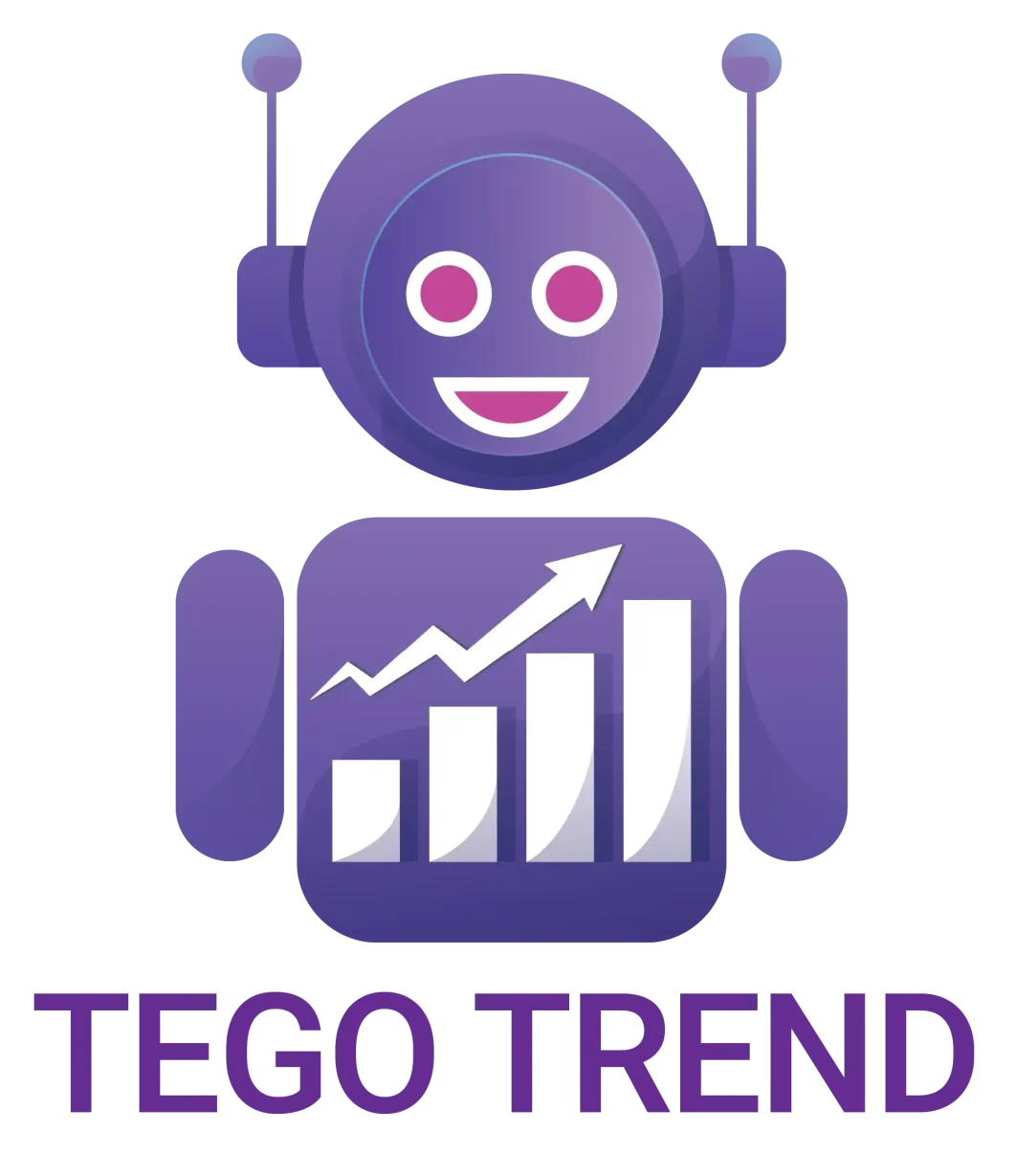Understanding Cryptocurrency Market Dynamics Using Unsupervised Learning
In financial markets, especially in cryptocurrency trading, price patterns and liquidity are constantly changing. These fluctuations make it difficult for traders and algorithms to accurately predict market movements. In this context, unsupervised learning has become a powerful tool for extracting hidden patterns in the market without the need for pre-labeled data. This approach helps in understanding market dynamics, classifying market conditions, and uncovering invisible relationships between different assets.
In this article, we’ll discuss how unsupervised learning can be used to model market dynamics in cryptocurrency trading, explore the most prominent methods and techniques, and provide a practical case study to understand the impact of these techniques on trading strategies.
What is Unsupervised Learning?
Unsupervised learning is a branch of machine learning that aims to extract patterns from data without the need for pre-defined labels. Unlike supervised learning, where the model is trained on labeled data with known outcomes, unsupervised learning relies on analyzing relationships and similarities between data points to cluster them or discover their internal structure.
Key Applications of Unsupervised Learning in Trading:
- Classifying market conditions into bullish, bearish, or volatile phases.
- Clustering similar assets to identify hidden correlations between them.
- Detecting price anomalies that may indicate trading opportunities or potential risks.
- Dimensionality reduction to extract the most impactful features affecting the market.
Modeling Market Dynamics Using Unsupervised Learning
Market dynamics depend on a variety of factors, such as price volatility, liquidity, trading volumes, order flows, and market sentiment. To understand these dynamics more accurately, unsupervised learning techniques like clustering, dimensionality reduction, and anomaly detection can be used.
- Clustering for Classifying Market Conditions
Clustering algorithms are used to discover hidden patterns in market data and classify them into distinct groups. Some of the most prominent algorithms in this field include:
- K-Means Clustering: Used to group similar time periods based on volatility and liquidity. It can help identify when the market is in a bullish, bearish, or volatile state.
- DBSCAN (Density-Based Spatial Clustering): Effective in detecting irregular market conditions, such as sudden crashes or periods of high volatility.
- Gaussian Mixture Models (GMMs): A probabilistic model for classifying the market based on observed features, allowing for more flexible analysis of market dynamics.
- Dimensionality Reduction to Understand Key Market Features
Cryptocurrency data contains hundreds of features, such as prices, volumes, and technical indicators. Dimensionality reduction helps extract the most important features influencing market dynamics.
Key methods include:
- Principal Component Analysis (PCA): Used to reduce data to a smaller number of fundamental variables that retain the most information.
- t-SNE (t-Distributed Stochastic Neighbor Embedding): Helps visualize high-dimensional data and uncover hidden patterns.
- Autoencoders: Neural networks used to compress data into smaller representations while retaining important information.
- Anomaly Detection for Identifying Trading Opportunities
Detecting anomalies is crucial for identifying unconventional opportunities in the market, such as sudden price drops or unjustified spikes.
Key methods include:
- Isolation Forest: Relies on splitting data into small groups to identify outliers that differ from the rest of the data.
- One-Class SVM: A method that draws boundaries to separate normal patterns from anomalies in the market.
- Local Outlier Factor (LOF): Compares each data point with its neighbors to determine how anomalous it is.
Example:
Isolation Forest can be used to detect sudden deviations in order flows that may indicate market manipulation or unexpected investment opportunities. Trading strategies can be adjusted to take advantage of these patterns, such as identifying buying zones during unjustified price drops.
Applying Unsupervised Learning in Market Analysis
Let’s assume:
- We have historical price data for Bitcoin and Ethereum over the past five years.
- We use K-Means Clustering to identify different market conditions.
- We apply PCA to determine the most important factors affecting price movements.
- We use Isolation Forest to detect price anomalies that may indicate unexpected trading opportunities.
Results:
- The model successfully classified three main market conditions, helping adjust trading strategies based on these conditions.
- Anomaly detection revealed unconventional entry and exit points, improving trading strategy performance by 15%.
- Dimensionality reduction using PCA showed that features like trading volume and technical indicators had the most significant impact on price movements.
Challenges and Limitations
Despite the significant benefits of using unsupervised learning in market analysis, there are some challenges:
- Difficulty in Interpretation: Some models, like Autoencoders and GMMs, can be too complex to interpret.
- Need for Accurate Data: Data quality plays a fundamental role in the success of the models.
- No Guarantee of Future Performance: These models may perform well in the past but may not adapt to future market conditions.
In Conclusion…
Unsupervised learning is a powerful tool for analyzing market dynamics in cryptocurrency trading. By using techniques like clustering, dimensionality reduction, and anomaly detection, traders can build smarter and more accurate strategies. Despite the challenges, combining these techniques with traditional analysis and other AI tools can provide a strong competitive edge in the fast-changing cryptocurrency market.
You can learn about automated trading through our Automated Trading Learning Series on our YouTube channel via the following link


